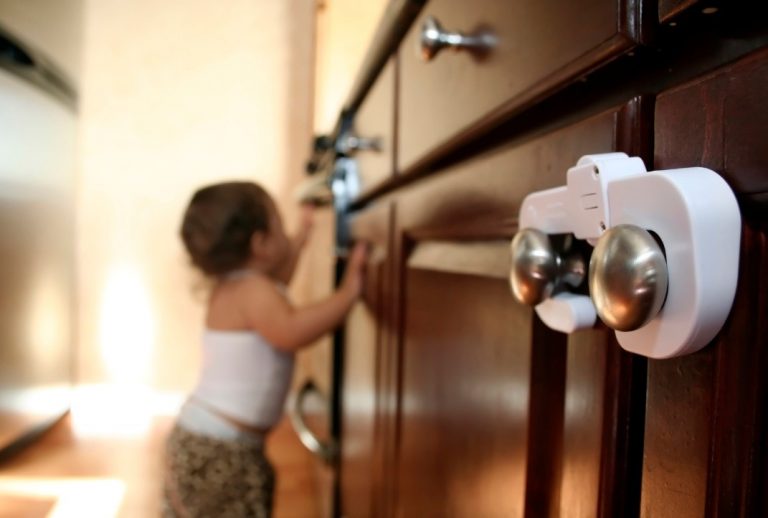When your baby starts moving, your home needs to be ready. Baby-proofing your home doesn’t have to be complicated, but it does need to be thorough. Focus on what’s within reach and what can cause harm.
Start with the basics. Cover all electrical outlets. Use covers that are hard to remove but easy for adults to access. Keep cords from blinds or electronics out of reach. Babies pull. Hard.
Install safety gates at the top and bottom of stairs. Use hardware-mounted ones for the top of stairs. Pressure-mounted gates work for flat surfaces. Don’t rely on a closed door to block off a room—babies learn quickly.
Secure heavy furniture and TVs to the wall. Tip-overs happen fast. If it can fall, anchor it. Check bookshelves, dressers, and anything climbable.
Lock lower cabinets, especially those with cleaners or sharp items. You can move dangerous stuff up high, but kids still find ways in. Use simple latches. Test them with one hand—if you can open it while holding your baby, it’s useful.
Install corner guards on tables and counters. Crawlers and new walkers are at the right height to hit sharp corners. Keep floors clear of small items. Anything that fits in a toilet paper roll is a choking risk.
Watch your water temperature. Set your water heater no higher than 49°C (120°F). Babies have thinner skin and can burn quickly.
In the nursery, skip pillows, stuffed toys, and loose blankets. Use a firm mattress and fitted sheet. Mount the baby monitor cord well out of reach.
Think about doors and drawers. Use stoppers to keep fingers from getting pinched. Keep bathroom doors closed. Consider door knob covers if needed.
Don’t forget the outside. If you have a deck or yard, check for gaps in railings. Store tools and chemicals in locked sheds or high shelves.
Baby proofing your home is ongoing. As your child grows, their reach and curiosity grow too. Recheck often. It’s less about perfection and more about removing obvious risks. Keep things simple, practical, and safe.


